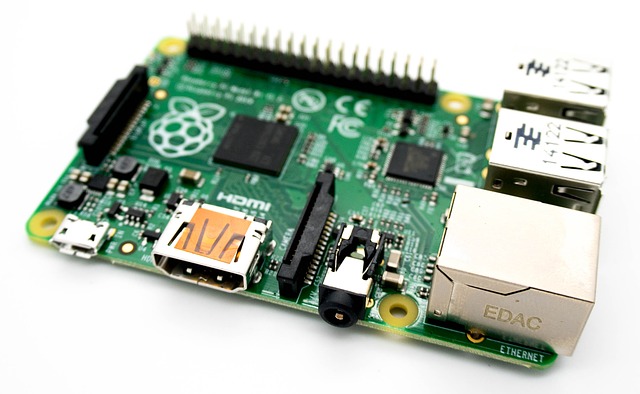
Computing has come a long way since the days of huge, power draining room-sized computing machines. A testament to this is the Raspberry Pi. Over the years, computers have been gaining processing power while their size reduces. This is easily visible in the size and capabilities of smartphones and tablets. The Raspberry Pi is a single board computer introduced back in 2012 by the Raspberry Pi Foundation. The main intention for developing this device was to create a simple and affordable means of teaching basic computing and programming to students across the world. The foundation has licensed 3rd party manufacturers to manufacture and distribute microcomputer worldwide.
Raspberry Pi is designed to offer the basic functionalities of modern computers including programming, playing video and surfing the web as well. The card sized computer comes with a variety of connections to ensure that it can be connected to other hardware parts including regular keyboards, computer screens and TVs and even Ethernet cables. To achieve all this, the computer comes with the following features and capabilities.
Initially, the original Raspberry Pi models came with 256MB of RAM which could be split between the CPU and GPU. However, subsequent versions come with a 512MB RAM. All models however use the same CPU chip, the BCM2835. This chip clocks in 700MHz; same as a variety of older smartphones.
The latest Raspberry Pi comes with a Cortex-A5 CPU clocking 800MHz. it also ditches the single core processor used by earlier models for higher performing four core alternatives. RAM is expanded to 1GB to enhance performance. Other features include four USB 2.0 ports, an Ethernet port, Videocore GPU and a 40-pin GPIO.
The Raspberry Pi comes with Linux kernel based operating systems; it is however important to note that it will not run any regular Linux versions such as Ubuntu. Suffice it to say, some prior knowledge of Linux is a prerequisite when it comes to using this computer. It is also compatible with a host of other custom operating system. The latest model is expected to support the use of Windows 10. The computer supports programming languages such as Python and Scratch making it a useful asset in learning programming.
Raspberry Pi has received a warm reception from computer users all over the world. This has led to the development of a variety of accessories to be used with the computer in increasing its capabilities. Users will find cameras and a host of other accessories designed to be used with the Raspberry Pi.
